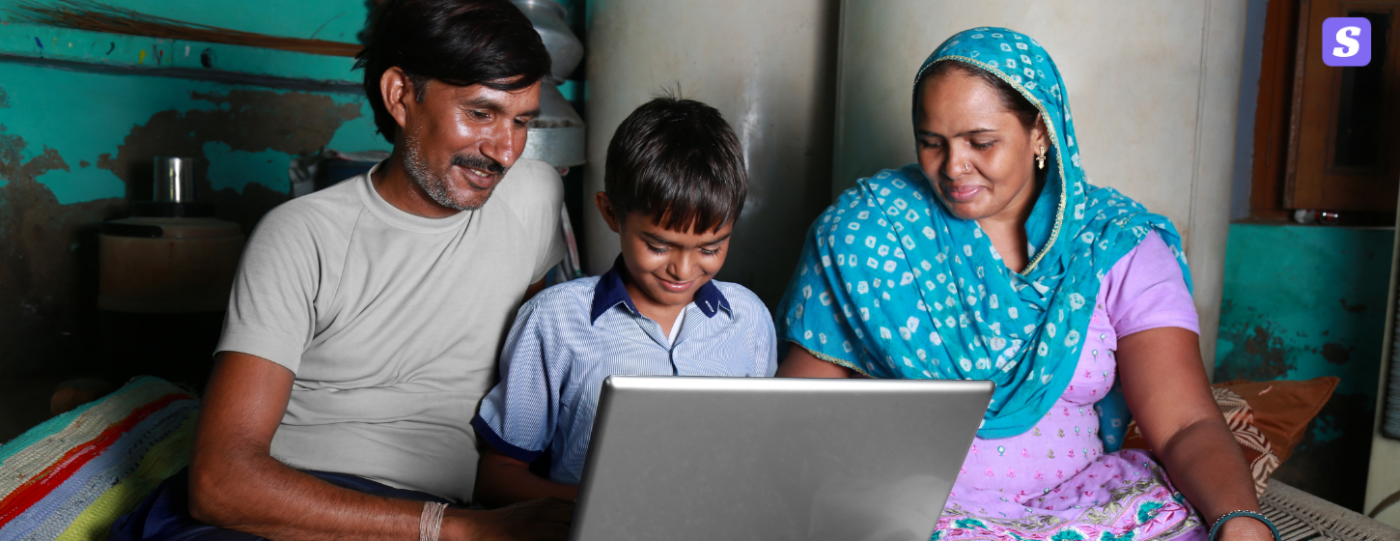In today’s digital world, the internet has become an integral part of our children’s lives. While the internet offers vast learning opportunities, it also poses risks—cyberbullying, exposure to inappropriate content, and online predators. As parents, it’s crucial to ensure that your kids are protected while they explore the digital world. This is where parental control tools come in, allowing you to monitor and manage your child’s online activities to keep them safe.
In this post, we’ll explore effective parental control strategies and tips to help you create a safe online environment for your kids.
Use Parental Control Features in Antivirus Software
One of the most effective ways to ensure your child’s online safety is by using antivirus software that includes parental control features. Many antivirus programs, such as SiyanoAV, offer tools to monitor and control your child’s online activities. These features allow you to:
- Block access to inappropriate websites.
- Set time limits on internet usage.
- Monitor what your child is searching for or downloading. By having these controls in place, you can rest assured that your child is only accessing age-appropriate content.
Set Clear Rules and Guidelines for Internet Use
Before giving your child access to the internet, it’s important to establish clear rules. Discuss which websites they can visit, how long they can spend online, and the types of activities that are allowed (such as gaming, social media, or educational websites). Encourage open communication, so your child feels comfortable talking to you about anything suspicious or concerning they may come across online.
Some key rules you might want to include are:
- No sharing of personal information online.
- Only chatting with people they know in real life.
- Informing you if they encounter uncomfortable situations or cyberbullying.
Monitor Social Media and Communication Apps
Social media platforms and messaging apps are popular among children and teens, but they also present a host of dangers, including online predators and inappropriate interactions. Ensure that your child’s social media accounts are private, and encourage them to limit their interactions to friends and family.
Additionally, use parental control software to track their activity on social media platforms. Many antivirus solutions, like SiyanoAV, provide social media monitoring tools that can alert you to potential threats, such as cyberbullying or harmful content, giving you the ability to intervene early.
Utilize Web Filters and Safe Search Options
Search engines like Google offer “SafeSearch” features that filter out explicit content from search results. Enable this option on all devices your child uses to prevent exposure to inappropriate material. Additionally, you can use the web filters in your antivirus software to block specific websites or categories of content, ensuring your child only sees what’s appropriate for their age.
Many parental control tools also allow you to customize content filters, so you can block websites based on their themes—such as violence, adult content, or gambling—and adjust the settings as your child grows older.
Encourage Open Communication and Internet Safety Education
No parental control tool can replace the importance of having open conversations with your child about internet safety. Educate them on the potential dangers online, such as phishing scams, cyberbullying, and interacting with strangers. Teach them how to identify suspicious emails, fraudulent websites, and unsafe links.
Encourage your kids to come to you if they encounter anything online that makes them feel uncomfortable or unsafe. Building trust will make them more likely to reach out to you if a problem arises, rather than trying to hide it.






Leave a Comment